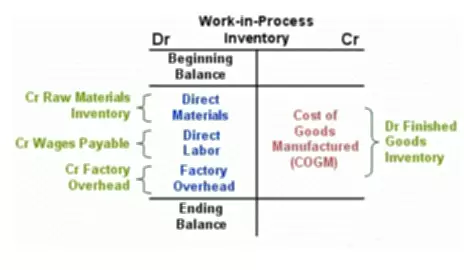Content

Harold Averkamp has worked as a university accounting instructor, accountant, and consultant for more than 25 years. He is the sole author of all the materials on AccountingCoach.com. Read more about the author. Review all the Normal Balances standard listed within the document to gain pertinent knowledge of accounting at IU. After reviewing, if users have questions, reach out to the campus office or the Accounting and Reporting Services team at An offsetting entry was recorded prior to the entry it was intended to offset.
Where is the normal balance?
A normal balance is the side of the T account where the balance is normally found. When an amount is accounted for on its normal balance side, it increases that account. On the contrary, when an amount is accounted on the opposite side of its normal balance, it decreases that amount.
Here is another summary chart of each account type and the normal balances. Which of the following types of accounts have a normal credit balance? B liabilities and expenses. Revenues and liabilities. Assets and liabilities. To better visualize debits and credits in various financial statement line items, T-Accounts are commonly used.
Share This Flashcard Set
Occasionally, an account does not have a normal balance. For example, a company’s checking account has a credit balance if the account is overdrawn. The cash flow reporting category is used to categorize changes to cash flow in the Statement of Cash Flow Report and Consolidated Statement of Cash Flow Report reports. View the sample chart of accounts at the beginning of this topic for help on assigning a cash flow reporting category to your accounts.

A credit to a liability account increases its credit balance. Expenses normally have debit balances that are increased with a debit entry. Since expenses are usually increasing, think «debit» when expenses are incurred. In a T-account, their balances will be on the left side.
My Account
Therefore Revenues are credits. 6 The company completed services for a client and immediately received $4,000 cash. The company purchased $20,000 of additional drafting equipment by paying $9,500 cash and signing a long-term note payable for $10,500. The company completed and delivered a set of plans for a client and collected $6,200 cash. The company purchased land worth $49,000 for an office by paying $6,300 cash and signing a longterm note payable for $42,700.

The company paid $925 cash for minor maintenance of its drafting equipment. The company received a bill for rent of equipment that was used on a recently completed job. The $1,333 rent cost must be paid within 30 days.
Chart of Accounts screen
The account title and account number appear above the T. Debits (abbreviated Dr.) always go on the left side of the T, and credits (abbreviated Cr.) always go on the right. Use the Chart of Accounts-Divisions view on the View Financial Setups screen to review and print the entire chart of accounts, if needed. You can use the following standard chart of accounts as a basis for your chart of accounts. Screen to set up the accounts that form your general ledger.
- Is the expected balance each account type maintains, which is the side that increases.
- Then we translate these increase or decrease effects into debits and credits.
- At first glance, the meaning of these terms seems obvious.
- The simplest account structure is shaped like the letter T.
- Next we look at how to apply this concept in journal entries.
Expenses decrease retained earnings, and decreases in retained earnings are recorded on the left side. Describe what the value of assets would be if liabilities are $12,000 and owners’ equity is $50,000 by showing the accounting equation. Two key elements in accounting are debits and credits. Understand these critical pieces of notation by exploring the definitions and purposes of debits and credits and how they help form the basics of double-entry accounting. Unearned revenues are liabilities and have a normal credit balance. The normal balance or normal way that an asset or expenditure is increased is with a debit .